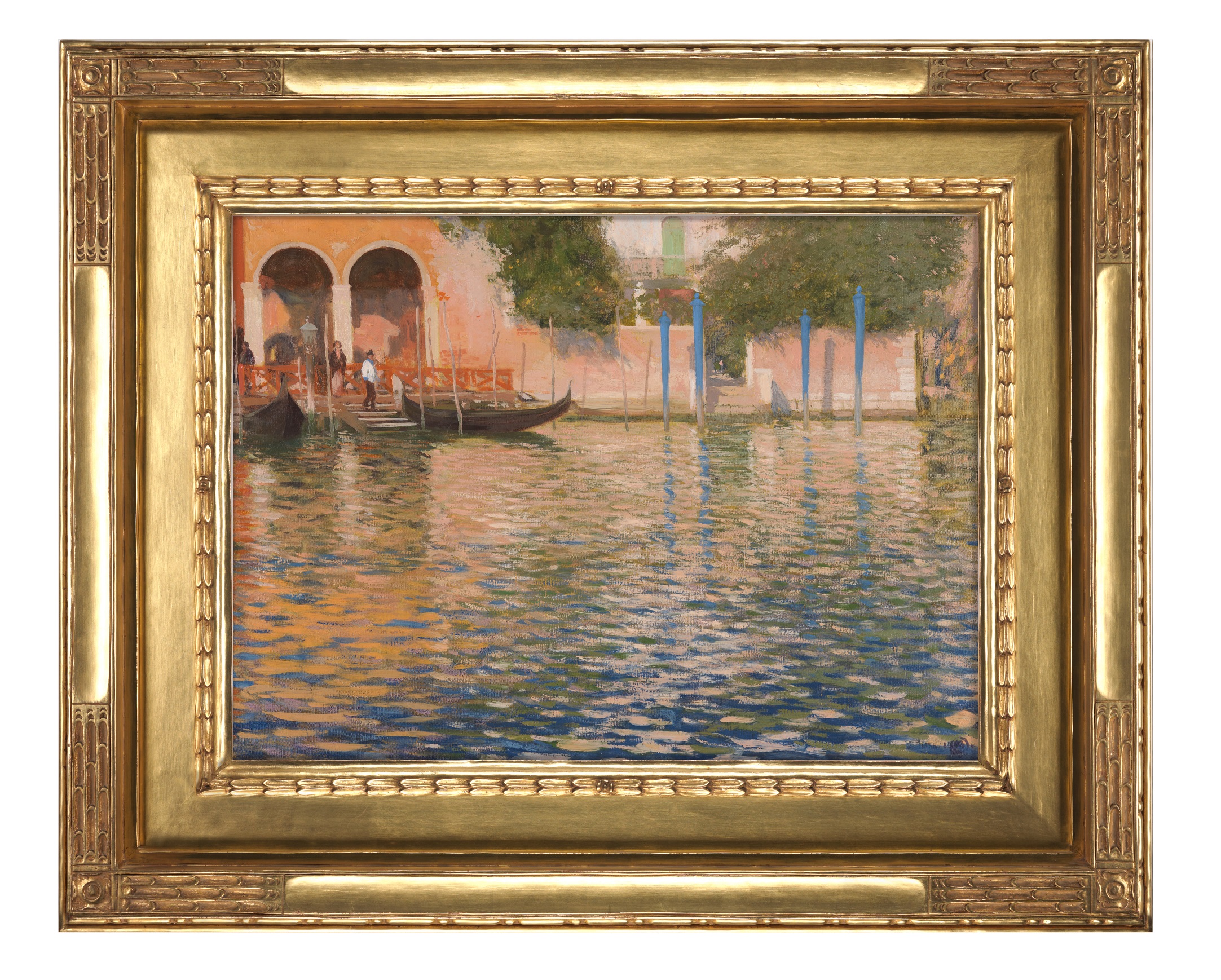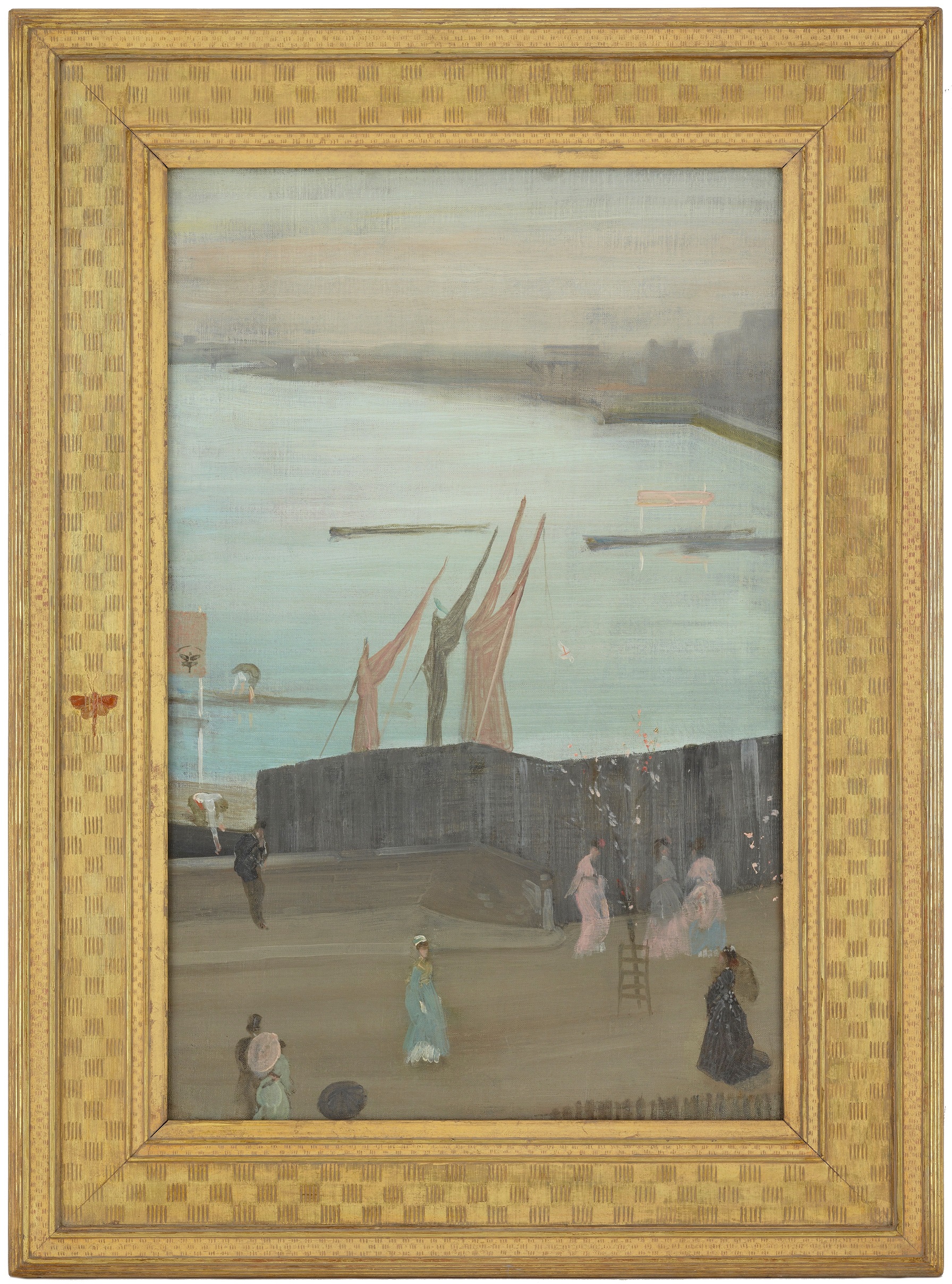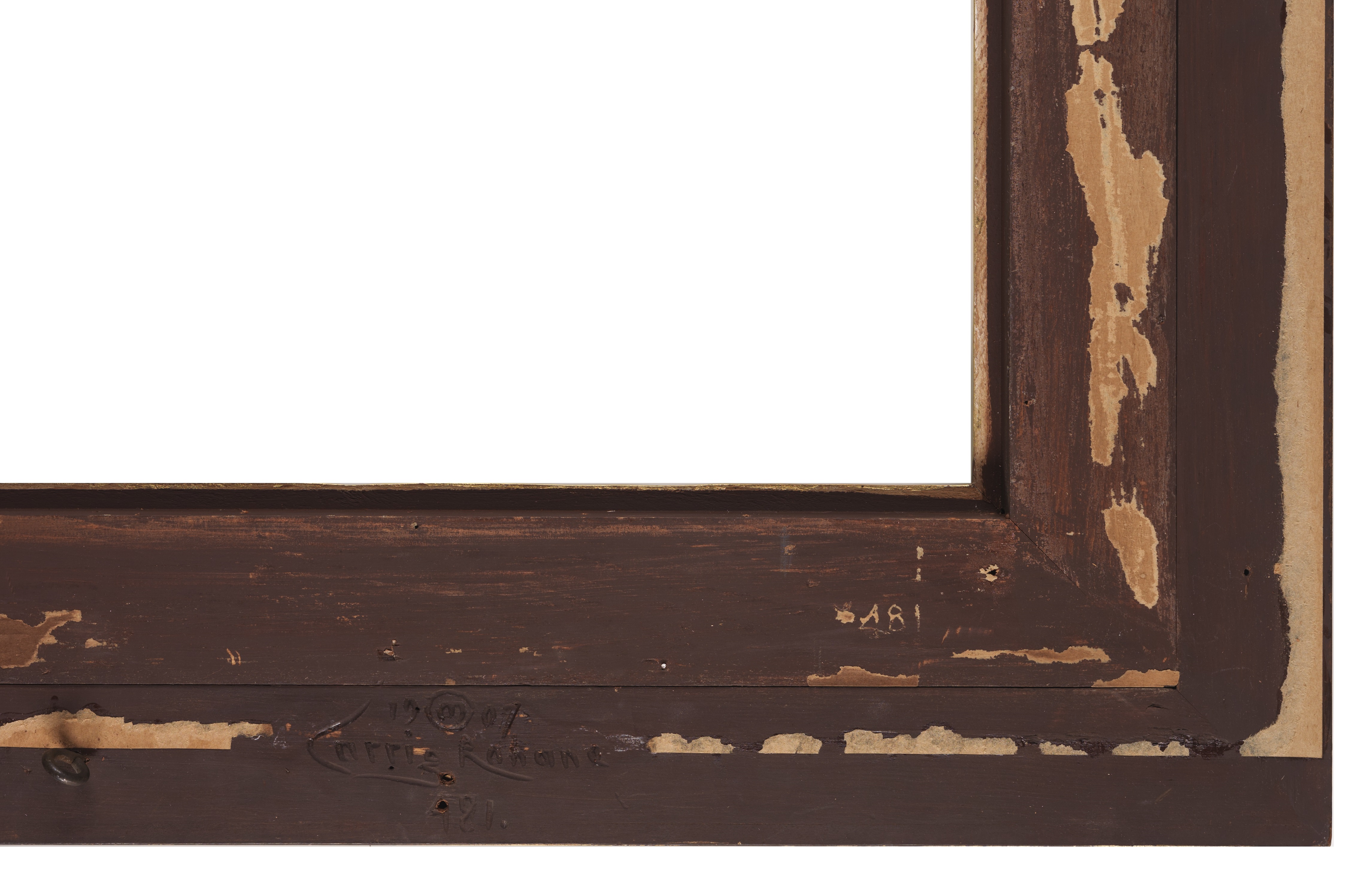 Eustis Estate
Eustis Estate
Murphy
 Hermann Dudley Murphy belonged to the generation of American artists who revered the art and ideas of James Abbott McNeill Whistler, the famous native of Massachusetts who moved to Europe in the 1850s and never returned. In his landscape and still life paintings, Murphy pursued the older man’s aesthetic of simple design and tonal harmony, creating visions less about reality than about the artist’s interpretation of what he saw.
Hermann Dudley Murphy belonged to the generation of American artists who revered the art and ideas of James Abbott McNeill Whistler, the famous native of Massachusetts who moved to Europe in the 1850s and never returned. In his landscape and still life paintings, Murphy pursued the older man’s aesthetic of simple design and tonal harmony, creating visions less about reality than about the artist’s interpretation of what he saw.

Murphy and his artist friend Charles Prendergast particularly admired Whistler’s belief that simple yet elegant frames should complement the pictures inside, in contrast to the garishly gilded, ornamental frames most often encountered during their era. In 1903 the pair opened a frame shop named Carrig-Rohane (Gaelic for “Red Cliff”) in Winchester, Massachusetts; it was named after the Irish town where Murphy’s father was born. Within two years, the business was successful enough to relocate to Boston, and by 1915, Murphy turned the day-to-day management over to his friend, the art dealer Robert Vose.

